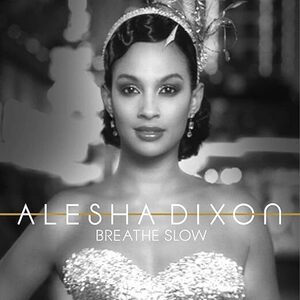Released: 13th October 2003
Writers: Brian Higgins / Miranda Cooper / Tim Powell / Nick Coler / Mutya Buena / Heidi Range / Keisha Buchanan / Niara Scarlett
Peak position: #1
Chart run: 1-5-6-8-19-25-39-42-58-70-72-69-69
After enjoying critical and commercial success with their second album, it’s little surprise that Sugababes stuck with many of the same writers and producers on the follow-up. Hole In The Head thus marked another reliably brilliant collaboration with Xenomania.
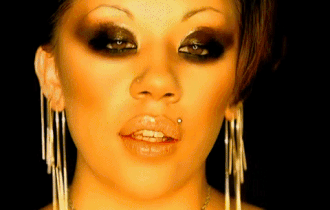
There’s a degree of pragmatism about the Sugababes’ third album, right down to the matter-of-fact title: Three. Yet, far from being a bad thing, it’s precisely what they should’ve done at that point. Angels With Dirty Faces had established Sugababes as an act who, like many of their contemporaries, could score hit singles. However, they were in the less usual position of seeing those translate convincingly to album sales (Angels With Dirty Faces is certified triple-platinum, selling around 900,000 copies). That was an achievement by any standard, let alone for a group who, just a year earlier, were without a record deal (even Atomic Kitten didn’t go so far as to get dropped before Whole Again). There was no incentive to shift the status quo; Sugababes had found a dynamic that appealed to fans and critics alike.
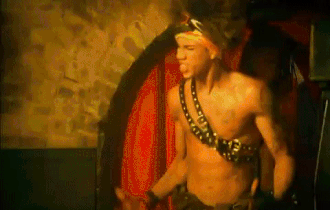
Yet, while it’s often apparent when pop groups capitalise on a tried and tested formula (usually at the behest of their record label), Hole In The Head never comes across with such transparency. This sounds like the kind of song Sugababes would have made, regardless, as they reignited their partnership with Xenomania, whose reliable brilliance was also becoming increasingly apparent. The production on the track is divine; it’s resoundingly – proudly – pop music but with elements of indie and ska biting around the edges. A bubbling guitar riff dances around the intro: “Seven hours since you went away, eleven coffees, Ricki Lake on play, but late at night when I’m feeling blue, I’d sell my ass before I think of you” before the beat kicks in and Hole In The Head finds a groove that is danceable, but in a lackadaisically cool way.
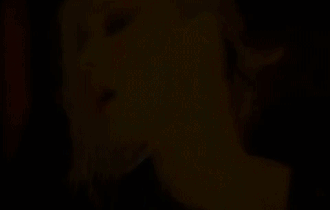
The Sugababes exude that same quality. Their performance is perfectly pitched to make being on the receiving end of a breakup convincingly seem like no big deal. Too bombastic, and it may seem insincere or that they’re overcompensating in their reaction: “Seven hours since you closed the door, started a diet, got a manicure, erased your number from my telephone, and if you call me, I won’t be at home”. But Hole In The Head can’t be totally aloof, either. It still has to matter enough to deliver a withering bite: “Seven hours, what you calling for, a bunch of flowers and I’ll slam the door, you’re in my face, sorry what’s your name, takes more than begging to reverse my brain, ‘cos…”, and the song finds that balance so effortlessly, it doesn’t feel intentional or contrived. This is just the way Sugababes were.
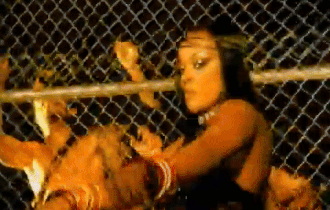
And there are hints of Xenomania starting to show more of themselves, too. Hole In The Head is far from their most structurally deviant effort. Nonetheless, after Keisha’s spoken middle eight: “I’m through with it, over it, not having it, crazy shit. Not feeling this, can’t deal, I quit, no more, no more. I’m through with it, not having it, this crazy shit. Not feeling it, can’t deal with it, no more, I quit, no more, no mo-o-ore” – which is imparted with increasing urgency – the track veers away from building towards the final chorus. Instead, it doubles back for a third verse where the stinging rebuttals (“Just because you made me go “ooh”, doesn’t mean I’ll put up with you”) continue to flow. There were undoubtedly times during the ‘00s when Xenomania’s work was unconventionally arranged to make a point. (Biology by Girls Aloud being the obvious one). But often, they allow songs the freedom to go where they need to, and Hole In The Head is an example of that. The additional verse conveys just enough frustration derived from the middle eight to emphasise that Sugababes really mean what they say and aren’t short of reasons to back it up.

While Hole In The Head consolidates many of the qualities present in Angels With Dirty Faces, it exudes lead single energy in the sense of there now being a bit more self-awareness. The group didn’t lack confidence before, but the track feels assured in how to channel it. There’s a knowing – and yet immensely likeable – cockiness rippling through their disdain. The pre-chorus is teasingly sassy: “Why d’you cry-y-y, for the guy-y-y, say goodby-y-ye…run away; why d’you cry-y-y, for the guy-y-y, say goodby-y-ye, I said OK, ‘cos…”, while thehooky chorus itself has Sugababes giving perhaps their most nonchalantly dismissive kiss-off: “Ooh, boy d’you miss me like a hole in the head, because I do boy, and it’s cool boy; and ooh, bet you never thought I’d get out of bed, because of you boy, such a fool boy”. Hole In The Head siphons everything about the group that worked so well on the previous album and delivers it again in spades. Were there whispers that the track bore a resemblance to Round Round? Sure. But the fact Sugababes and Xenomania could ostensibly emulate such a high benchmark isn’t a bad thing. Particularly not at this point when the most pressing demand on Three was to prove that the group’s comeback hadn’t been a fluke.
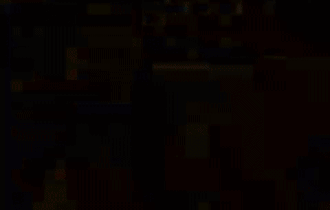
The music video for Hole In The Head portrays the Sugababes each dating a member of the (fictional) band, erased? and accompanying them to a gig. After watching the set, they proceed backstage and find their partners on a sofa surrounded by women kissing and fondling them. Everyone is fully clothed, so it’s very much a sanitised depiction of sex, drugs and rock ‘n’ roll. Nevertheless, the Sugababes are rightly unimpressed (shown with some terrific reaction shots as they stand in the doorway). So, as the gig resumes, they gatecrash the stage, push their cheating partners aside and destroy all the instruments, including – but not limited to – the obligatory shot of a guitar being smashed into an amp.
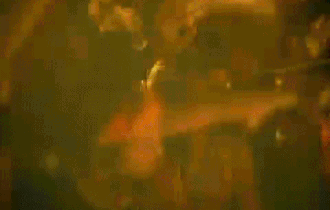
Aesthetically, Hole In The Head has a distinctively strong look. Conceptualising Sugababes as dating a rock band is extrapolated through the offbeat styling. Furthermore, while the group’s credibility made it unlikely anyone would’ve questioned them being in an underground indie club, they have licence to be there, regardless. Cutaway shots of the Sugababes singing in front of a chain fence while people thrash about in the background further fit as an extension of the environment in which the video is set. Moreover, while there’s no real narrative to act, Mutya, Keisha and Heidi all get fully into their roles as women scorned while they smash up the stage. Yet, as the “UH-uh-UH-uh-UH, UH-uh-UH-uh-UH, UH-uh-UH-uh-UH, run away…” outroplays, there are moments where they break character and smiles flash through their otherwise sullen demeanour. The group may have garnered – and, in some respects, embraced – a reputation for persistent moodiness, but here, there’s evidence that they didn’t always take themselves seriously.

Hole In The Head duly earned Sugababes their third #1 single, debuting atop the chart with 58,500 copies. It was the 43rd best-seller of 2003 (146,000 copies), and while the commercial performance was down on Freak Like Me and Round Round, there was no question of the group’s appeal waning. The real test would be with Three – released a few weeks later – and Sugababes proved consistent in that respect. The album debuted and peaked, rather fittingly, at #3, with first-week sales (63,118) close to Angels With Dirty Faces (64,772). Moreover, it held up with subsequent singles and, by the end of the campaign, had sold over 850,000 copies. If any explanation were needed for a (slight) dip since the previous album, it could easily be justified as being consistent with overall market trends. In every sense, Sugababes cemented their position as one of the biggest pop acts in the UK.
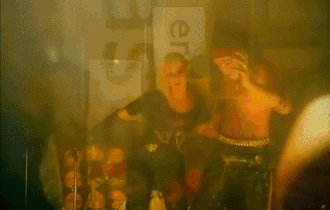
Hole In The Head also became the group’s first – and to date only – single to chart in America. After being picked up by pop radio in 2004, airplay was strong enough for the song to enter the Billboard Hot 100. It ultimately peaked at a modest #96. And while there were plans to release Three with a revised tracklist including Freak Like Me, Stronger and Round Round, that never went ahead. Presumably, if Hole In The Head had taken off in America, then there would have been a more concerted effort to establish the Sugababes there. And it’s not like the group’s material – particularly the ballads – wasn’t suited to that market, either. Sensibly, though, it never became a distraction from their success elsewhere.

As far as Three is concerned, it’s the Sugababes album which most feels like business-as-usual as far as the line-up of Keisha, Mutya and Heidi is concerned. In hindsight, that’s precisely what it is: a product of the group having established what worked and continuing to execute that without any drama. So, it’s perhaps unsurprising Hole In The Head is arguably the least-remembered of the Sugababes’ chart-toppers (dubious charity collaborations aside). Not because the track is inferior, but simply because, more than any other, it plays to type as being precisely the kind of single many fans expected – and, crucially, wanted – from the group at this point.


